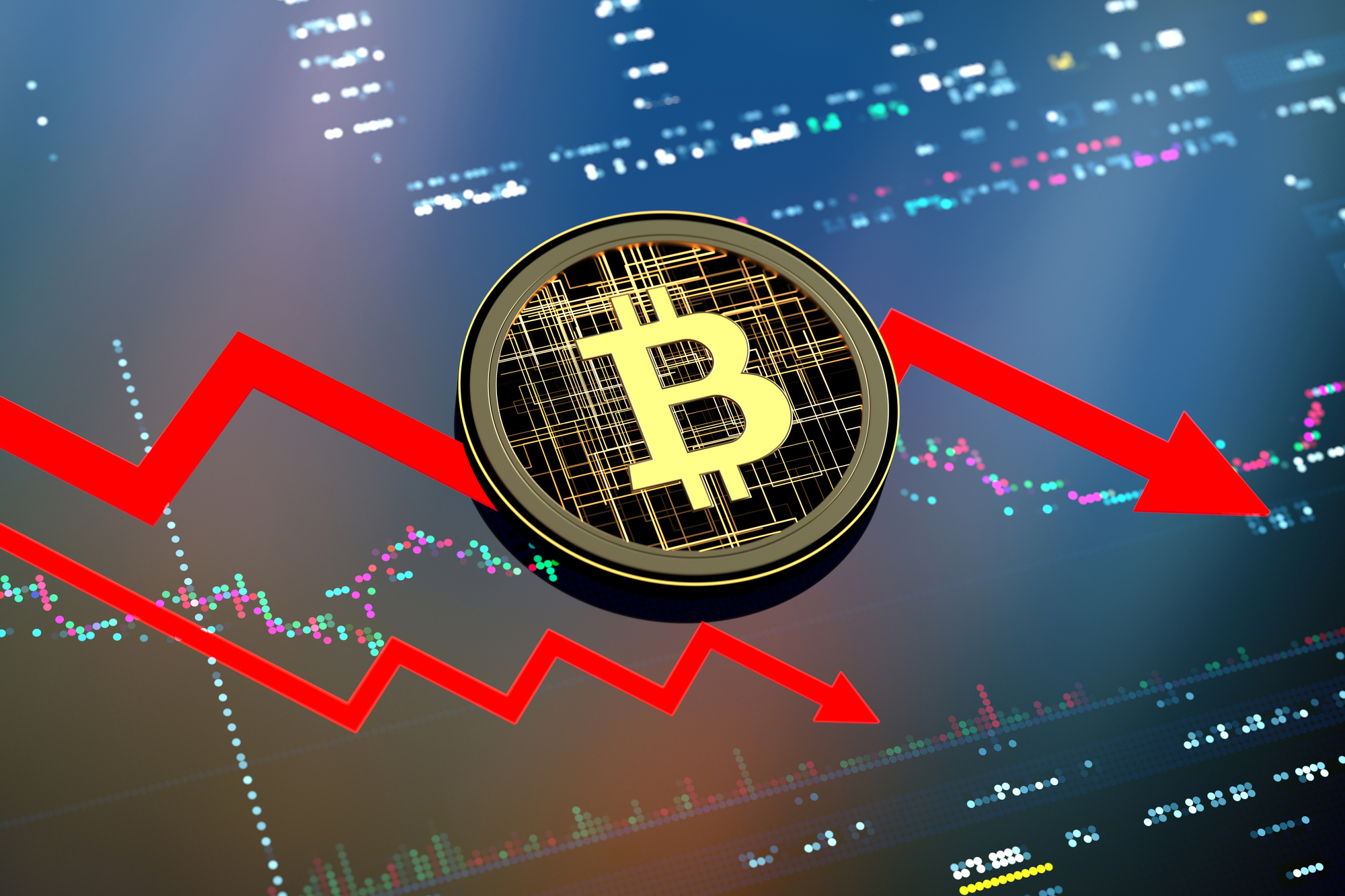Cryptocurrency enthusiasts are now eagerly anticipating the next market cycle, with some even prepared for it. Expectations are high. Today, analyst Michael van de Poppe made an extensive post about the upcoming cycle. He focuses on whether the projected values for BTC will be realized. Let’s examine his assessments.
Diminishing Returns
According to the analyst, we are in the midst of an institutional cycle. This means that the crypto markets are experiencing a flow of money like never before. Recent entries in ETFs demonstrate the existing interest. Now, as everyone wonders where the peak will be, the analyst first points to diminishing returns.

The analyst notes that this topic has been hotly debated in recent months. Essentially, this suggests that the markets will have a lower peak this time because returns from previous bull cycles have been diminishing over time. When he mentions diminishing, he means that the previous peak had a more significant percentage gain than the current peak. For example, the 2021 peak had a 2,000% gain, while the 2017 peak had a 12,000% gain compared to the cycle’s lowest level. However, the analyst expresses concerns about this.
Concerns About Diminishing Returns
Speaking of diminishing returns, the analyst suggests that this cycle could potentially yield a 1,900% return. This implies that diminishing returns could equate to a $300,000 peak for BTC. But why focus on diminishing returns? What is the rationale behind this theory?
Discussing diminishing returns, the analyst questions why technology-focused stocks peaked after the 2008 cycle and bear market. Since Bitcoin is a technological advancement, it could attract larger cash flows, which might make the theory behind diminishing returns appear weak.
The analyst poses another question: If the previous cycle was indeed pushed back by FTX acting as a primary market maker, forcing markets to stop at $69,000, what happens if Bitcoin’s price rises to $80,000, $100,000, or even $120,000? There is no factor like FTX to hinder the market’s rise. According to the analyst, such a rally would mean that the playing field in this bull cycle could be much higher.
Ultimately, the analyst believes that it is somewhat flawed to assert that there must always be diminishing returns. Therefore, he dismisses such a theory from his mind.
BTC’s Four-Year Cycle
According to the analyst, this concept is another key aspect of the markets’ behavior in previous cycles. From this perspective, the underlying supply and demand shock provided a positive impetus to Bitcoin‘s price movement. However, the situation is different now. This approach was more relevant during a period when the macroeconomic playing field was not as significant as it is currently. Different factors were considered when investing in Bitcoin, according to the analyst.
Now, new participants have entered the markets, and these participants often do not care about a halving that will occur within 60 days. Accordingly, if the risk tilts one way or the other, they will need to rotate funds at some point. The analyst acknowledges the halving’s tremendous impact on the markets.

The analyst also notes that since the price of a Bitcoin mining and the value of a Bitcoin are relatively distant from each other, the halving itself will have a relatively lower impact on the number of cycles that occur. The analyst is of the opinion that a four-year cycle will take place. Of course, in such a case, breaking the all-time high towards the halving seems difficult, according to the analyst.
Approval of the ETF
This is where things get interesting, according to the analyst. He believes that the recently approved Spot Bitcoin ETF has an impact on the markets that has not yet been priced in. The ETF attracted a lot of interest in the first few weeks as several billion dollars flowed into it.
There is now an argument for many institutions to adopt an investment-based approach to owning Bitcoin as it provides protection against the dollar. In this respect, the ETF could enable a bull cycle that we may not see for a long time.
Where Is Bitcoin Heading?
According to the analyst, Bitcoin is moving towards global legitimacy and a secure level. Institutions are betting on Bitcoin and allocating funds to it, not because they truly believe in the real asset, but rather because they lack faith in their own financial systems or currencies. If the financial system were as ethical and fair as it should be, the existence of Bitcoin would not even be a topic, the analyst believes.
There is a significant influx towards Bitcoin and cryptocurrencies in third-world countries facing inflation risks. However, there is also a slow and gradual increase in fear surrounding the US government’s debt levels and the potential failure of its financial system. The real reason behind institutions turning to Bitcoin and also to gold is this underlying fear. The halving of Bitcoin’s supply and the theory of a fixed supply being secure are why institutions are deciding to invest in these particular assets.
In previous bull cycles, the markets were expecting an influx of a few new participants, according to the analyst. Indeed, 2017 was a cycle when individual investors jumped into the markets. In 2021, there were venture capitalists. Now, institutional investors are entering the markets.
Important Advice from the Analyst to BTC Investors
The analyst believes that the crypto space is entering a cycle reminiscent of the Dot.com bubble. It’s a cycle where we don’t use crypto as a whole, but the world understands that crypto and Bitcoin are the next steps.
The analyst does not know how long this cycle will last. He mentions that it’s more a question of how long the liquidity cycle will last. The FED needs to lower interest rates, so the markets will likely rise until they reach zero and stay there for a few months. It feels like we are in 1928, when the markets also started to rise out of thin air, according to the analyst.
At this point, the analyst points to the peak and gives the following advice:
“Perhaps we will peak at $250,000 or $600,000. I don’t know. Most likely, you should set aside theories and expect the markets to go much higher than you think right now. Because that’s how markets always behave.
How long will this last? According to the most likely scenario, we will peak in the 3rd or 4th quarter of 2025. However, if liquidity remains valid, it might be reasonable to say that this bull cycle will continue until 2026 or 2027.
After that, we will experience a devastating crisis and crash, as we saw in 1929 and 1930. This will lead to a decade of deflationary rates, the breakdown of financial systems, still dealing with high levels of debt, but a flight to safe assets with the Bitcoin and Gold Standard.
In this bull cycle, buy as much Bitcoin as you can. Switch to cash for a while when the liquidity crash happens, and return to Bitcoin after an 80% crash. Don’t look at valuations in dollars. Look at your purchasing power.”










